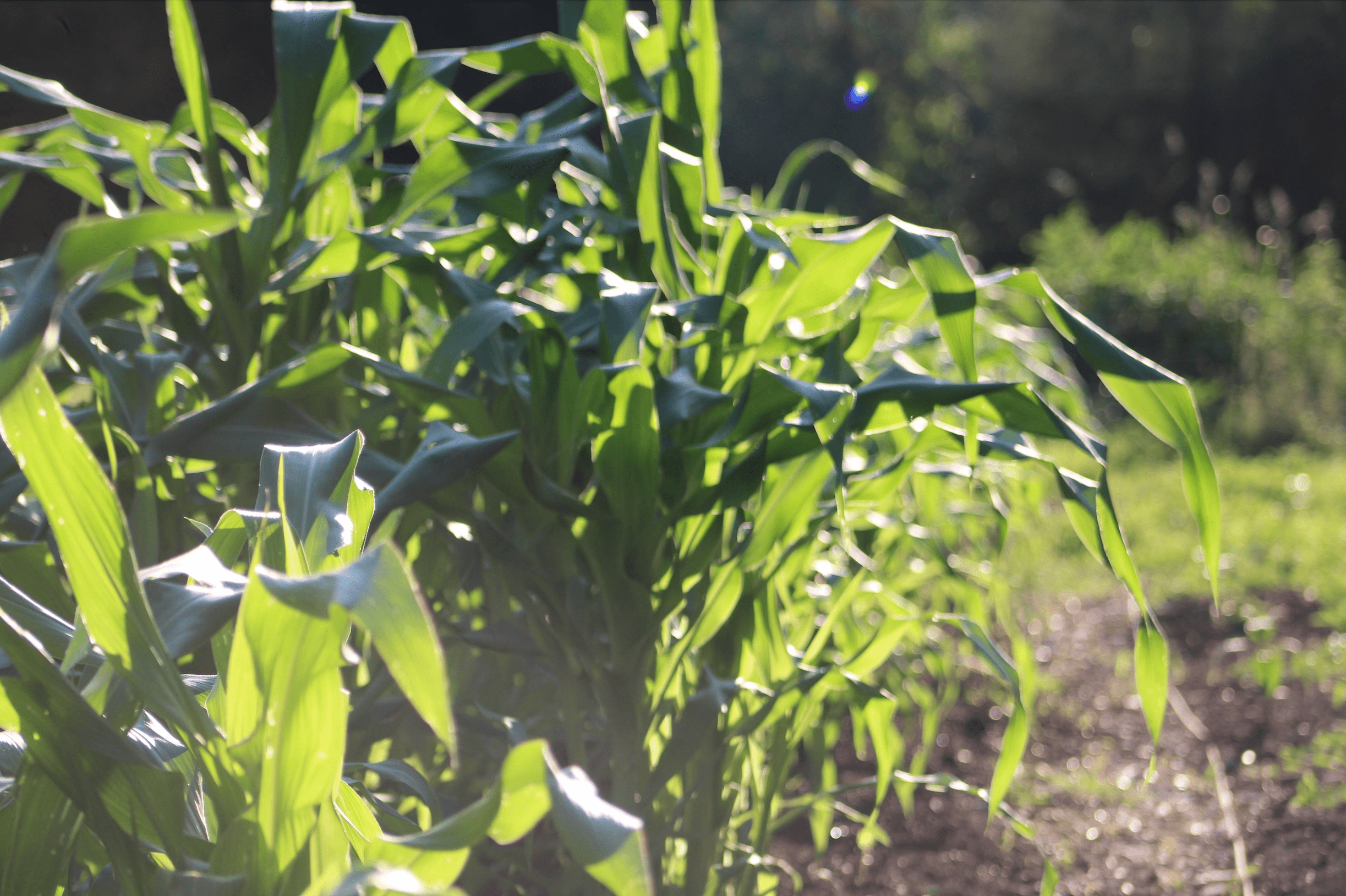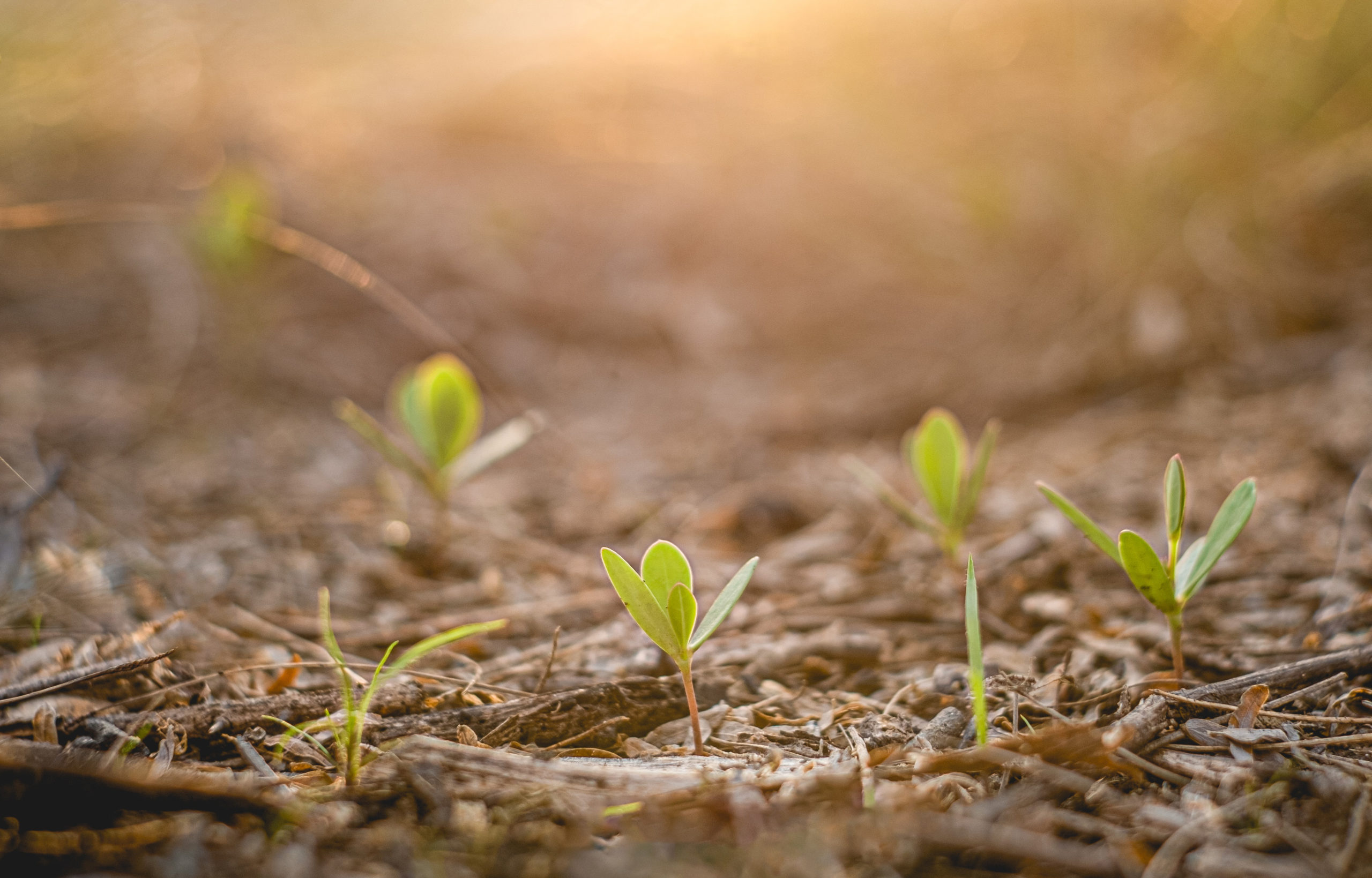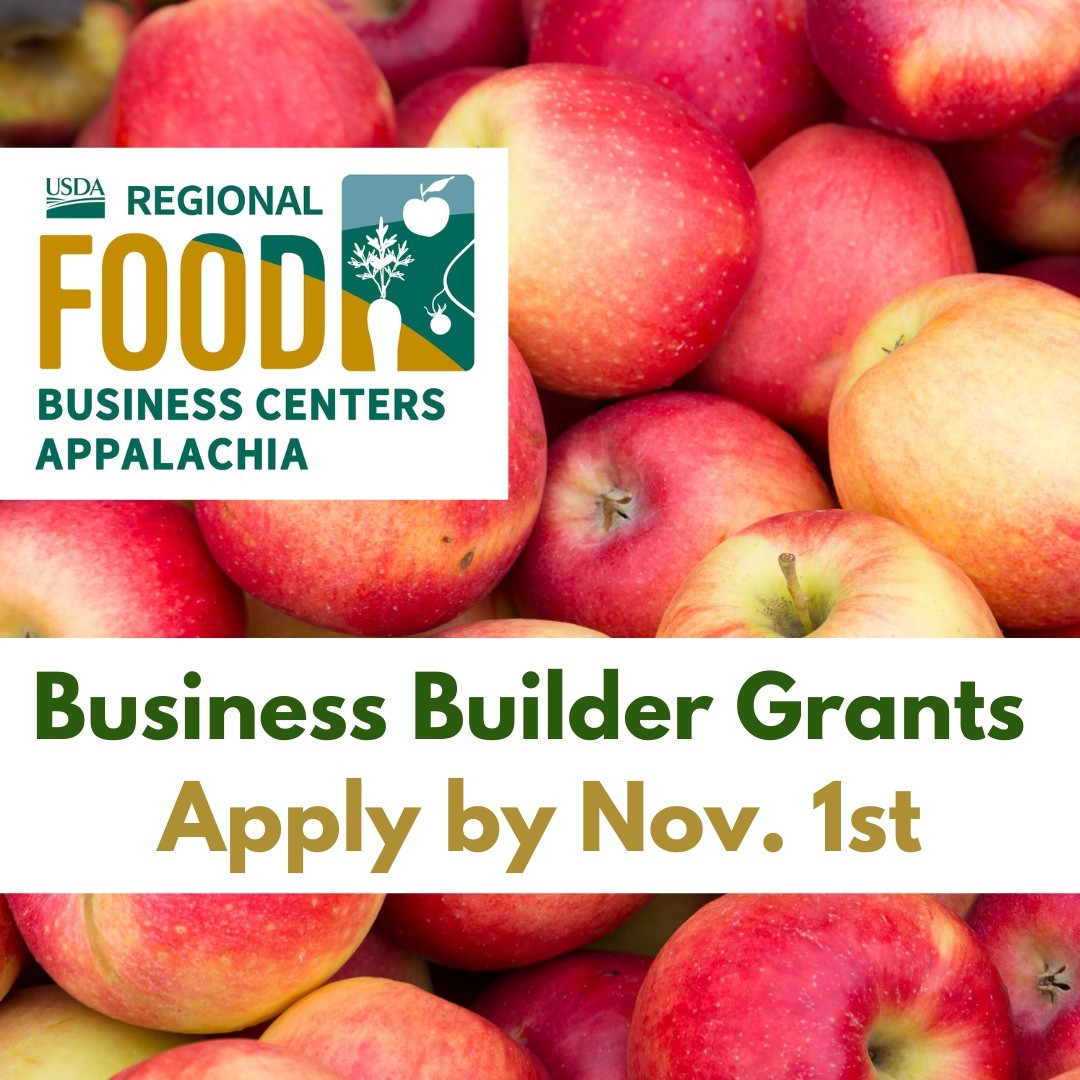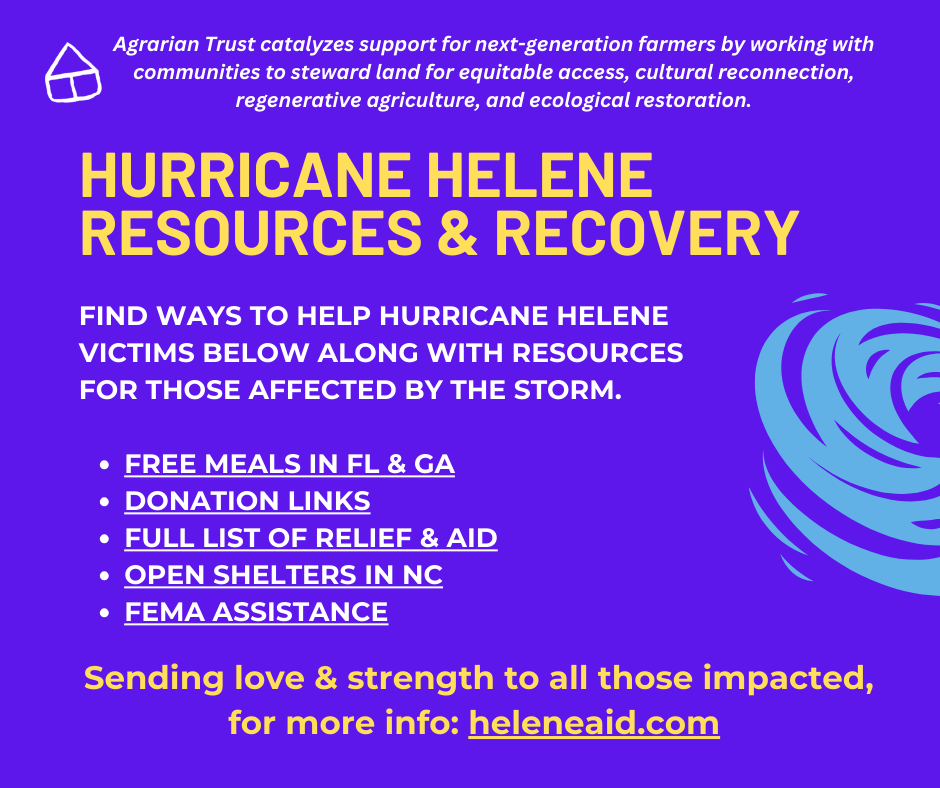In 2017, the area surrounding Benton County, Washington, was buzzing with the news of the purchase of 14,500 acres of land by an anonymous buyer. In real estate, land purchases in the thousand-acre range are impressive—over 10,000 acres was unprecedented. An investigative report from landreport.com revealed that the buyer of the land was the billionaire former executive of Microsoft, Bill Gates. The Benton County purchase, totalling $171 million, was not Gates’ first, nor his last. Today, Bill Gates is the largest private owner of farmland in the United States.
Bill Gates is a man with plenty of experience running a multinational corporation, but very little experience in running a farm or even a large agribusiness. Yet Gates is not an anomaly in the US land market. Recently, farmland has become increasingly valued as an asset by investors with little to no interest in the day-to-day operations of food production. US investment firms such as AcreTrader and FarmTogether offer investors the opportunity to purchase shares in parcels of land, with the promise of exceptionally high returns in the form of steadily increasing property values and rent.
Recently, farmland has become increasingly valued as an asset by investors with little to no interest in the day-to-day operations of food production.
For Bill Gates and finance capitalists, agricultural land is an abstract asset to increase already vast concentrations of wealth. Yet for farmers and the communities they serve, farmland is still the primary means of creating a good livelihood and producing healthy, accessible food. The corporate grab of agricultural land by people like Bill Gates is why Agrarian Trust’s work to decommodify the land is more important than ever. As 400 million acres of land transfer hands in the next decade, we are faced with a question of increasing urgency: will our land be a commodity or a commons? By permanently taking land off the marketplace and placing it into Agrarian Commons, Agrarian Trust directly counteracts the forces of finance capital and the corporate capture of American land.
The corporate grab of agricultural land by people like Bill Gates is why Agrarian Trust’s work to decommodify the land is more important than ever.
According to a 2017 report by the National Young Farmers’ Coalition, finding accessible farmland was “the most significant challenge facing young farmers (those under 40), based on a survey of 3,517 aspiring, current, and former farmers.” These young farmers face increasing land prices, and high overheads for seeds, farm equipment, and fertilizer. Over the past 15 years, the average price of cropland has increased by 75 percent.
Finding low-cost, accessible farmland is especially challenging for BIPOC farmers, who have been excluded from land ownership by centuries of racist and exclusionary policy-making. According to the Young Farmers Coalition report, between 1920 and 1998, the number of Black farms decreased 98 percent. Today, 98 percent of US farmland is owned by white individuals, who receive the overwhelming majority of government assistance. Because a significant portion of agricultural land is passed on through inheritance, individuals and communities who have been historically excluded from land ownership have few access points to farmable land.
When farmers get access to land, they often either rent with short-term leases—around 40 percent of US farmland is rented—or take up unmanageable levels of debt, averaging around $1.3 million. These short-term leases make it difficult for farmers to make long-term investments in critical areas such as soil health or irrigation infrastructure. Meanwhile, the income stream from farming is barely enough to offset the cost of land ownership.
What’s bad for farmers, however, is money in the pocket for large investment firms. Private investors like Bill Gates, along with investment agencies like AcreTrader, FarmTogether, and the Teachers Insurance and Annuity Association are taking advantage of increasing land prices to pad the pockets of themselves and wealthy shareholders.
Farmland became a popular investment, primarily because its value is isolated from fluctuations in the stock market, and because it reliably increases in value over time.
While the global dominance of finance capital has its roots in the neoliberal policies of the ‘70s and ‘80s, the transformation of farmland into a financial “asset class” is a relatively recent phenomena. In 2008, the trading of sub-optimal mortgages led to a dramatic crash in real estate prices. Financiers, flush with cash from the $700 billion government bailout, and seeking stable alternatives to the real estate market, became increasingly interested in “real assets” such as gold or land. Farmland became a popular investment, primarily because its value is isolated from fluctuations in the stock market, and because it reliably increases in value over time.
What followed was an investing frenzy for farmland, both in the United States and in international marketplaces, where investors faced less regulatory barriers to entry. Historian Madeleine Fairbairn describes this history in her book, Fields of Gold: Financing the Global Land Rush. “This land rush first burst into the global spotlight in November 2008,” writes Fairbairn, “when it was reported that the government of Madagascar had promised 1.3 million hectares (ha) of farmland—over half the arable land in the country, by some estimates—to the South Korean company Daewoo Logistics.” Investment firms bought up huge swaths of land in what can only be described as the largest land grab in the 21st century.
The first major entity to begin investing in farmland as an asset was Teachers Insurance and Annuity Association of America (TIAA)—one of the largest pension firms in the United States, with $1,375 billion in assets. In 2007, the TIAA began purchasing enormous tracts of land. By 2017, the TIAA owned more than 1.9 million acres of farmland worldwide— an area significantly larger than the state of Maryland—including over 490,000 acres in Brazil alone. TIAA’s purchases in Brazil led to the consolidation of power in the hands of a small number of agribusinesses specializing in soy monoculture, driving farmers off their traditional land in record numbers, and leading to widespread deforestation, wildfires, and loss of biodiversity.
Other large investment firms were inspired by TIAA’s example. Fairbairn describes how headlines like “News articles appeared with headlines like Corn Farms Are Hotter Than New York Lofts, Hedge Funds Muck in Down on the Farm, Hot Money Turns from Stocks to Farmland, and Betting the Farm began appearing in the financial press.” In Figure 1, a chart compiled by Fairbairn from data collected by the National Council of Real Estate Investment Fiduciaries, a sharp increase in properties owned by institutional investors is visible beginning in 2006. By 2018, investment firms owned around $9 billion in US farmland.
Figure 1: Madeleine Fairbairn. Fields of Gold: Financing the Global Land Rush
In the United States, investment start-ups like AcreTrader and FarmTogether created new investment models that allow investors to easily invest directly in farmland, while minimizing personal risk. In the case of farmland, property is fragmented into relatively small units, making it difficult for individual investors to effectively vet and manage their new investments. Normally, only extremely wealthy individuals like Bill Gates have the means to fund this process without the assistance of an outside agency. AcreTrader seeks to “democratize” farmland investment by taking on the responsibility of seeking out and vetting acquisitions, while offering investors the opportunity to purchase shares in parcels of land. In return, AcreTrader promises investors that its value will appreciate at a rate of 11 percent per year. Most recently, AcreTrader raised $6.69 million—with a minimum investment of $23,555—to buy Fremont Lake Farm, a 995-acre mixed vegetable farm in Newaygo and Wexford counties, Michigan.
AcreTrader’s CEO, Carter Malloy, harbors no illusions about why the price of land has increased so much in the past 30 years. In a recent interview with Business Insider, he stated:
Every day we have more and more mouths to feed, to growing demand for products that come off of farms, and every day we have less and less farmland. In the US, as an example, we lose about 3 acres of farmland a minute. It’s obviously a very finite asset; you can’t make more land. As a result, it’s very fascinating supply-demand dynamics for the investors.
We lose about 3 acres of farmland a minute.
As agricultural land is removed from the marketplace at a rate of 2,000 acres per day, farmers are forced to compete with each other and residential developers for access to land, and to watch as prices inflate to astronomic levels. Yet while investors like Carter Malloy appear to understand the dynamics at play, the difference between a financier and a farmer is that the latter experiences this development as a loss of culture, livelihood, and meaning, while the former sees the only thing a devoted capitalist can see—an opportunity for profit.
US-based firms like AcreTrader aren’t the only investment agencies to take an interest in US farmland. According to the Midwest Center for Investigative Reporting, foreign investment agencies, such as the Chinese firm Shanghui or the Swiss-owned Syngenta, are taking advantage of relaxed trade regulations to purchase large acreages of US farmland. The sheer scale of foreign ownership of US farmland is dizzying: “Between 2004 and 2014, the amount of agricultural land held by foreign investors doubled from 13.7 million acres to 27.3 million acres—an area roughly the size of Tennessee.” By 2014, foreign-owned US land was valued at $42.7 billion.
Many investment firms justify their purchases by adopting the language of environmentalism—a trend rightly described as a “cynical calculation” by journalist and Indigenous scholar Nick Estes. According to Estes, “Investment firms are making the argument that farmlands will meet “carbon-neutral” targets for sustainable investment portfolios while anticipating an increase of agricultural productivity and revenue.” In Scotland, for example, the Dutch billionaire, Anders Holch Povlsen, has purchased more than 200,000 acres of land with the intention of cashing in on the emerging market for carbon credits. While offsetting carbon emissions seems like a noble goal, purchases of this scale only serve to consolidate power in a tiny segment of the world’s population.
When farmland is purchased by foreign and domestic investors, it is removed from the control of farmers and local communities, and transformed into a commodity whose sole value is derived from market exchange.
When farmland is purchased by foreign and domestic investors, it is removed from the control of farmers and local communities, and transformed into a commodity whose sole value is derived from market exchange. This transformation replaces the millennia of human and non-human values that have grown alongside agricultural land, such as community well-being, regional autonomy, and sustainable livelihoods, with a single, inhuman monolith—money.
In a recent report, the International Planning Committee of the food sovereignty movement labels this effort to transform land into financial assets as “rogue capitalism.” Where other commonly used terms like “financialization” describe the increased influence of finance capital in the global marketplace, “rogue capitalism” describes the network of state policy, off-shore banking, and shady backroom dealings that large investment firms deploy in purchasing land. The corporate land grab is more than an abstract economic process; it is the result of an active effort on the part of corporate landlords to deploy any means necessary to drive people off their land.
Fortunately, this land grab is not inevitable. As proponents of agroecology and the global movement for food sovereignty have already demonstrated, local control of the land, along with local knowledge of the land, is the key to creating a just, resilient, and flourishing global food system. The most effective means of countering corporate power is to restore control of the land and agricultural knowledge to the communities who live on and with the land, rather than leaving it in the hands of absentee landlords like Bill Gates.
Agrarian Trust provides one clear path forward for US agriculture by enabling communities, landowners, and farmers to remove their land from the marketplace and place it in control of the community.
While this might seem like a daunting task, it is one that is actively being realized by peasants, small-holders, and grassroots organizations around the world who are fed up with the corporate stranglehold on the land. Agrarian Trust provides one clear path forward for US agriculture by enabling communities, landowners, and farmers to remove their land from the marketplace and place it in control of the community. The Agrarian Commons model allows communities to manage land with their own interests in mind, providing space for the development of local knowledge, healthy ecosystems, and thriving social spaces. Agrarian Trust is working toward a future in which tech billionaires and investment firms like Bill Gates and AcreTrader can no longer profit off the growing number of “mouths to feed” and increasing scarcity of farmland. If you or anyone you know are interested in decommodifying your land and donating it to an Agrarian Commons near you, you can learn more on Agrarian Trust’s website. If donating land is not an option, you can help out by contributing.
Figure 2: Via landreport.com




